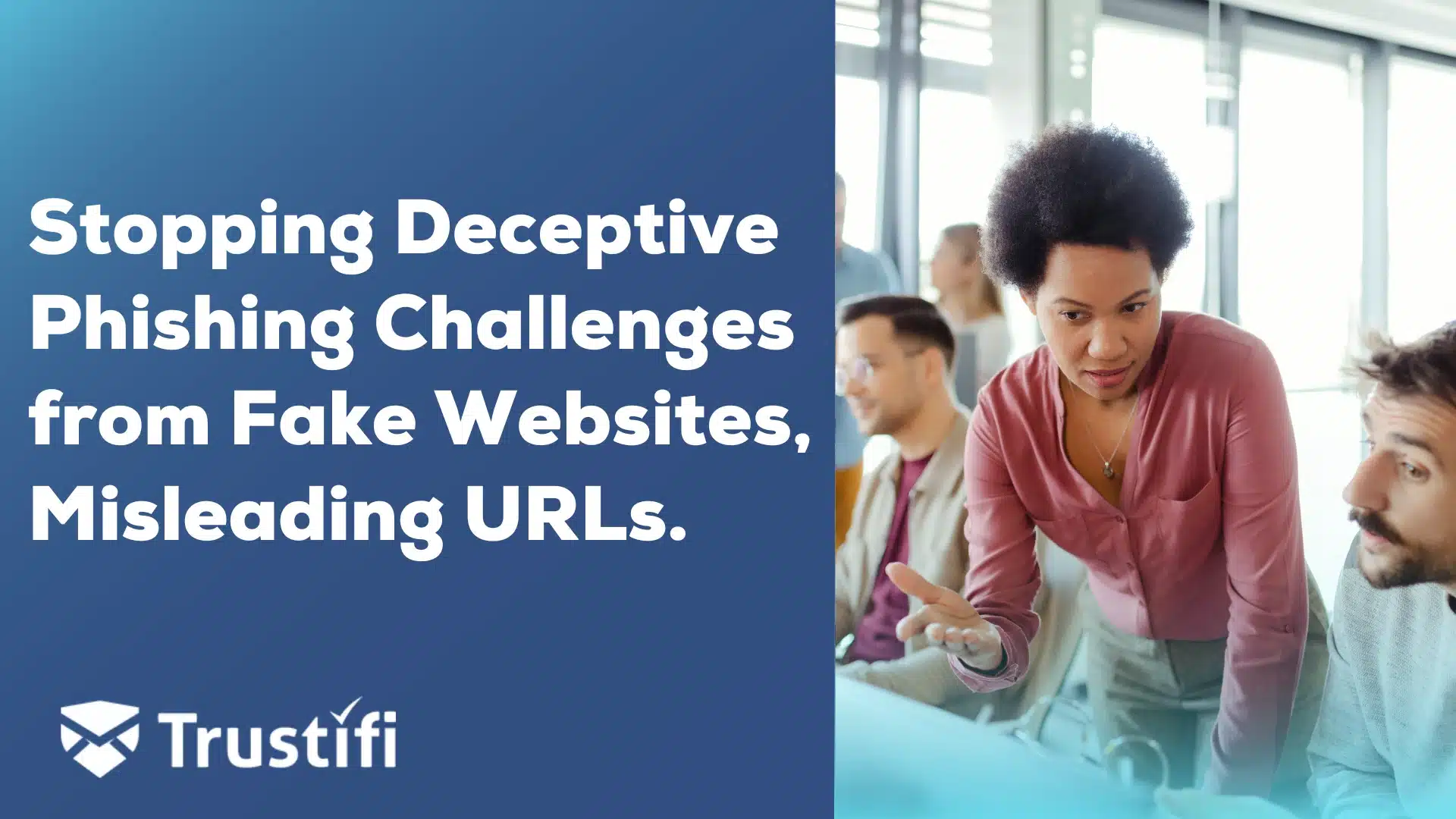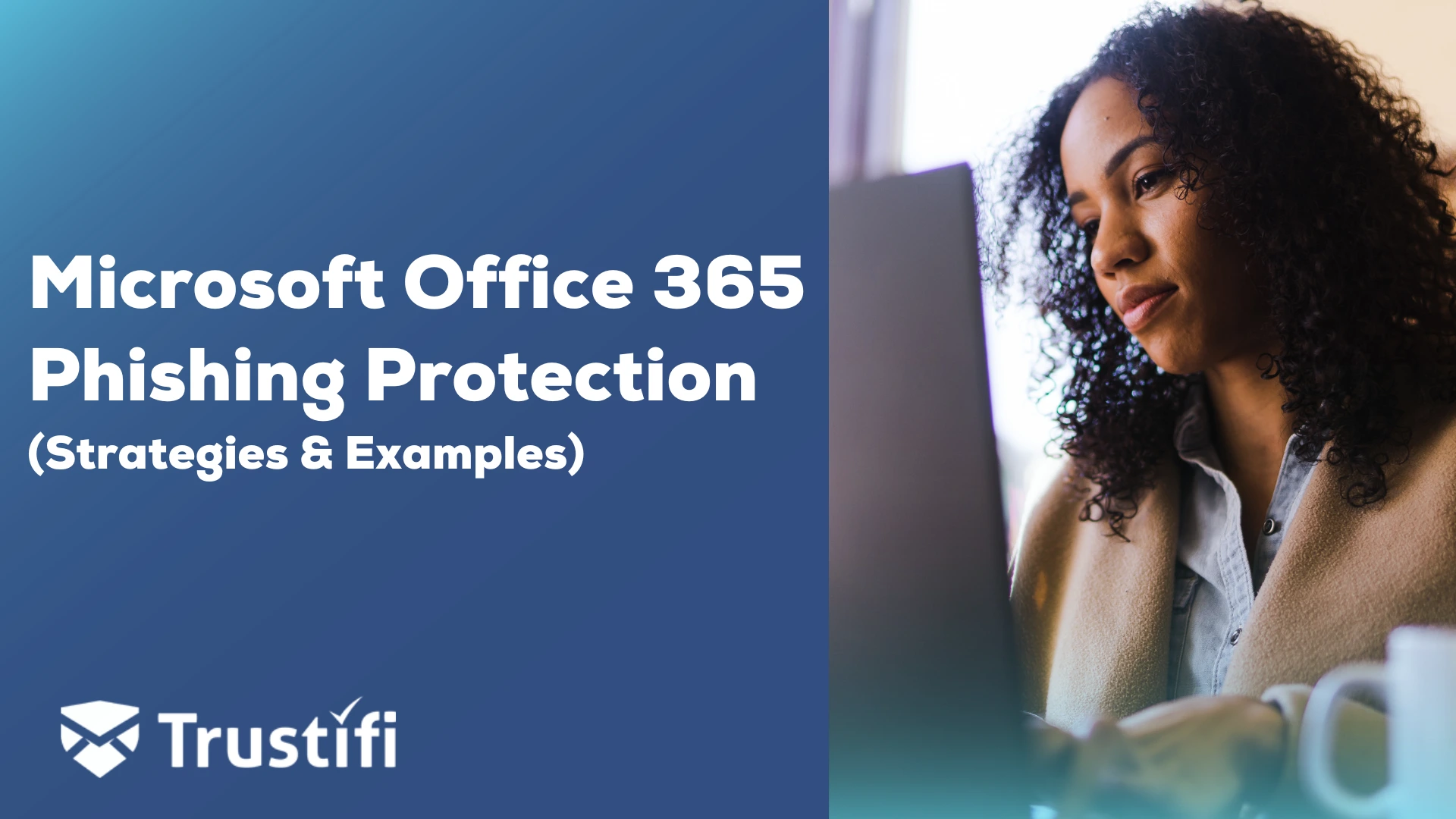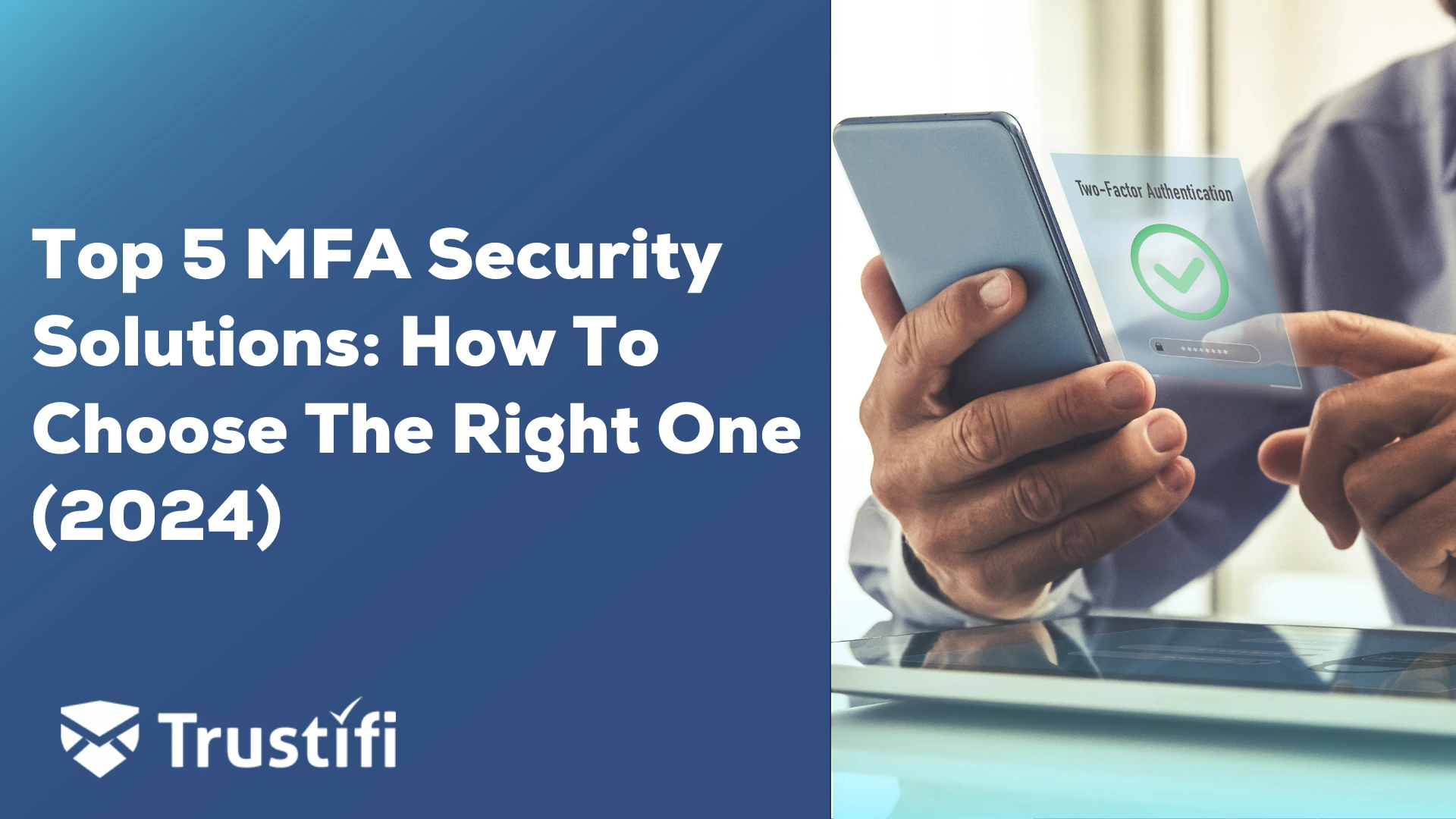
Identifying a deceptive clone phishing attack, coming from a fake website, is challenging for many security engineers. Hackers using various tools from the dark web make it easy to clone content from a legitimate website.
Trustifi, a global leader in AI-powered cloud-based email security, understands the only way to email phishing deception is by empowering clients with an even better AI-prevention platform.
Is everyone a target? Absolutely.
Who are the Prime Targets of Deceptive Phishing?
Many deceptive website attacks become exposed to the user community through email phishing scams. Hackers attempt to deceive their victims using spear phishing attacks, whaling, and website and email clone phishing. These hackers use their version of artificial intelligence (AI) tools, including WormGPT and FraudGPT, to create near-perfect email phishing messages and embed them with fake website URLs.

Hacker teams target specific industries, including financial, healthcare, government, and higher education. These targets remain very lucrative financially and by accessing sensitive intellectual property. University research centers have become a prime target because of their access to donations, research grants, and technology innovation projects in collaboration with the military and federal government.
How big of a problem is deceptive phishing?
- “Millennials and Gen-Z internet users (18-40-year-olds) are most likely to fall victim to deceptive phishing attacks–23% compared to 19% of Generation X internet users (41-55-year-olds).”
- “83% of UK charities that suffered a cyber attack between 2022-2023 identified deceptive phishing schemes as the attack type.”
- Financial fraud continues to be a problem for many email users.
- Fraudulent romantic or cupid deception email phishing continues to be a problem in many countries.
-
Business email compromise from deception attacks continues to cost organizations millions of dollars in damages.

Organizations struggling with these deceptive attacks should assess their current email security strategy, data loss prevention (DLP), email encryption, and compliance reporting solutions. Many legacy solutions do not possess AI or machine learning(ML) email security protection capabilities to stop phishing websites.
Types of Phishing Attacks Filled with Deception.
Victims, especially organization executives, often receive messages from familiar contacts or government organizations. A successful phishing attack originates when these users click on a harmful file attachment or a link to a malicious website.
The attacker installs malware to deceive victims into sharing personal or financial information. Leveraging AI, hackers can alter their attack vectors within seconds to better their odds by luring more victims to their fake sites.
The user registers the www.techsupport_Microsoft1.net domain name and sends out email phishing messages, including
- The hacker sends a customer survey asking for feedback from their recent support case. The phishing email will attach a deceptive URL link to a survey splash page. At the end of the study, the hackers will use underhanded tactics, including requesting your name, phone number, and the best time to call.
- Hint: If you have yet to open a support case with Microsoft, this is most likely a deceptive email requesting you click the rogue survey link.
Effects of Deceptive Phishing Attacks.
Becoming a victim of a deceptive email attack is costly in so many ways. These attacks take a financial and emotional toll on everyone, including members of an organization.

Being deceived carries an emotional burden on many because the ability of that user to trust future email messages, public websites, and correspondence from known people becomes a real challenge.
Hint: SecOps and email security engineers need to focus a good portion of their time on communicating with the user base, reinforcing the message of how well the organization is protected. However, they need everyone to do their part in reporting domain spoofing messages, email phishing, and credentials theft attempts.
Financially, users who become victims of deceptive tactics leading to losing their savings become a term road to recovery. Many older people who fall victim to email phishing attacks rarely recover any money they lost. Many of these victims and their families felt the emotional toll.
What are the Steps an Organization Can Take to Stop Deceptive Emails?
Solving the problem around email phishing, deception attacks, and luring people to a fake web takes more than a technology solution. Many of these organizations continue to invest in cybersecurity training to help educate users and deploy the next-generation email security solutions.
A core component of the strategy to stop deceptive attacks begins with a shift in organizational culture around email security. Developing a culture of trust, communication, and visibility helps create an open dialog between
Enabling users to report phishing attempts provides valuable information about the attacks being used, as well as the impact on your organization.
Hint: Thanking the user for reporting the incident creates a positive culture and ensures everything feels like we are part of the organization’s cybersecurity team.

Ensure the reporting tools encourage the users to share their experiences openly and without retribution for clicking on a rogue link.
What is the Role of Trustifi’s Cloud-Based Email Security Platform?
Deceptive email attacks powered by hacker AI will not go away soon. However, organizations that want to fight “fire with fire” will consider migrating, consolidating, and optimizing their email security, data loss prevention, email encryption, and compliance reporting strategy to Trustifi. With their market-leading AI protection filters, domain impersonation protection, and message encryption, Trustifi simplifies email security while delivering exceptional security protection with their consolidated cloud-based platform.
Why Trustifi?
Trustifi offers a consolidated solution pricing to support small and midsize enterprise marketplaces. Trustifi requires fewer security operations, time allocation, and management resources.
Trustifi’s agile platform offers several proven security controls to help prevent the following attacks:
- Next-Gen Deceptive Phishing: Trustifi uses AI, feeds, and proprietary metrics to detect and quarantine malicious emails, URLs, and files that aim to steal the recipient’s data.
- Fake website and Domain Impersonation: Trustifi’s advanced email security platform detects and tags the impersonation of the recipient’s contacts to ensure safe correspondence with a genuine connection. Also, it can identify actual emails from a brand.



